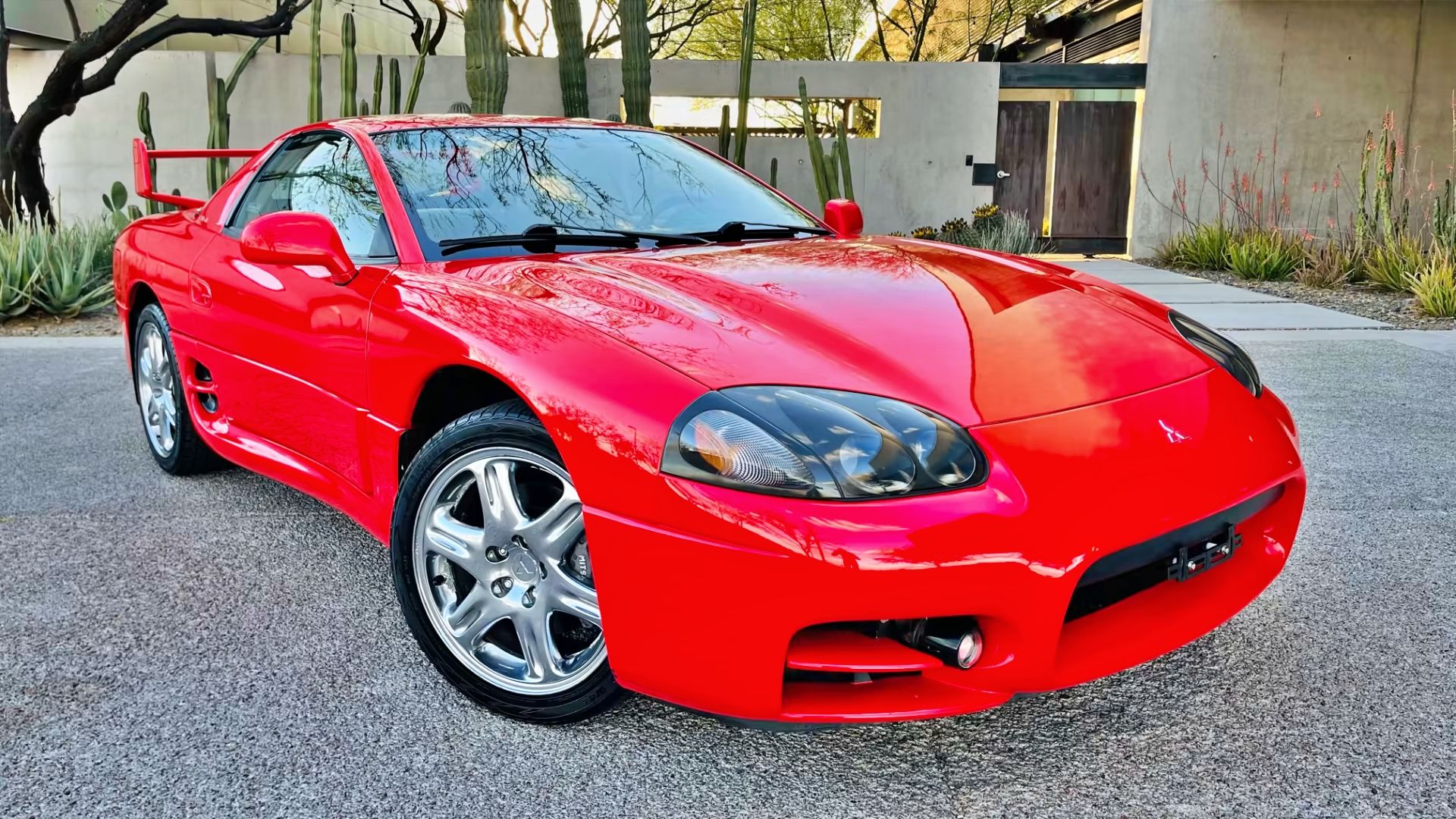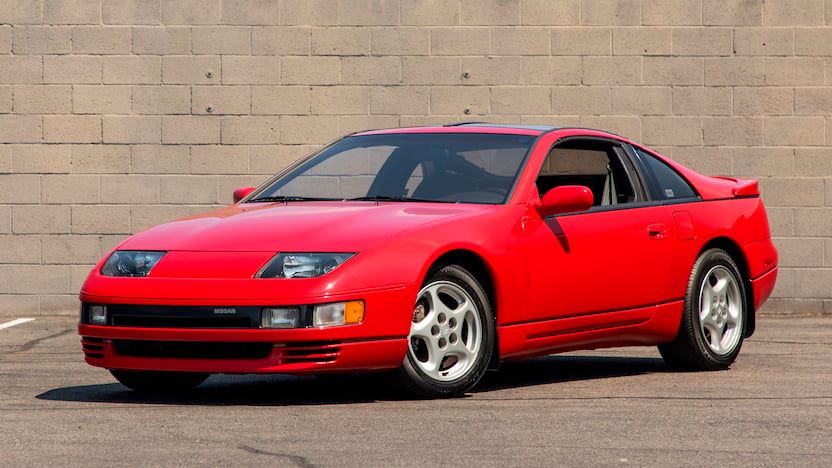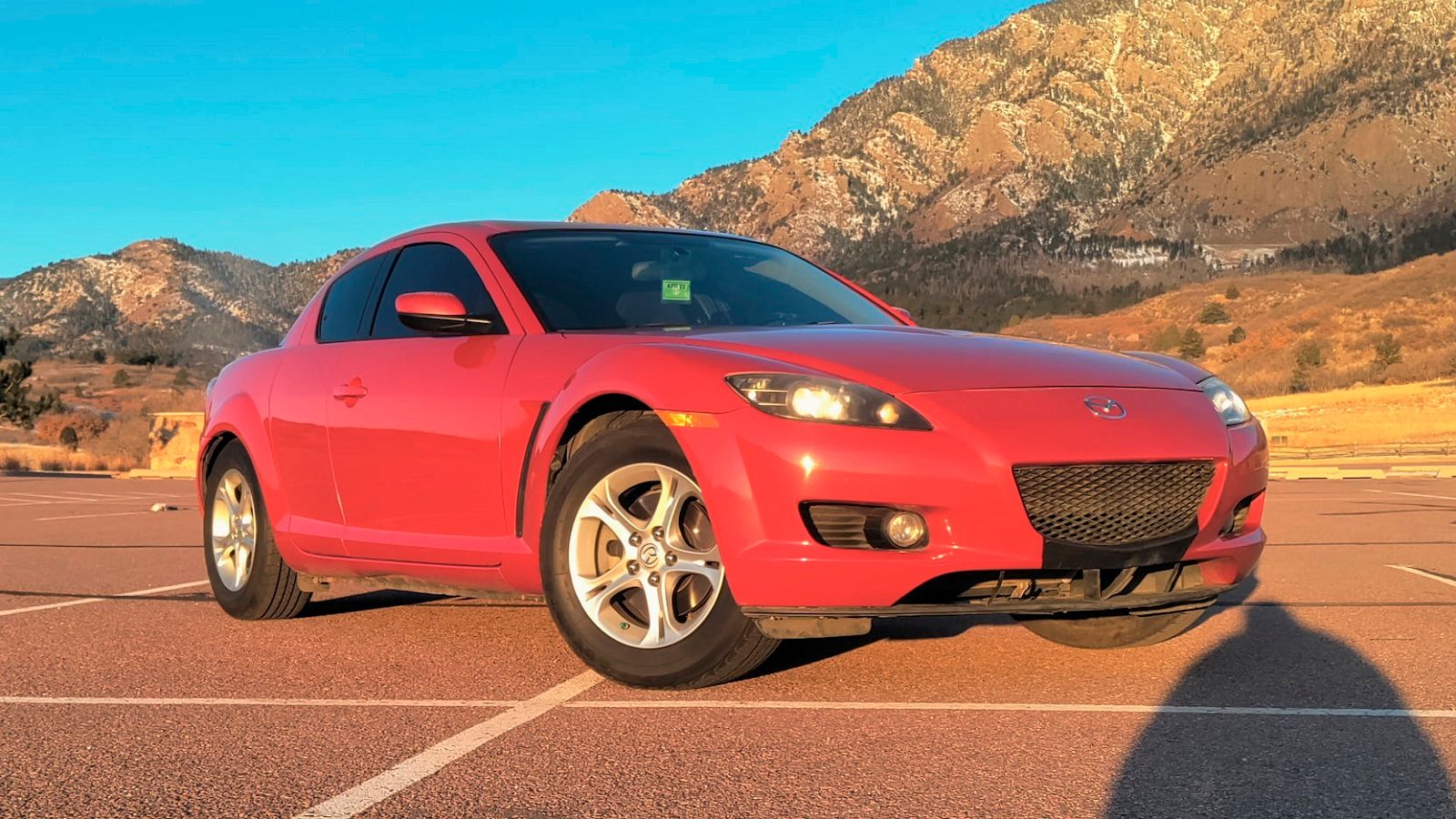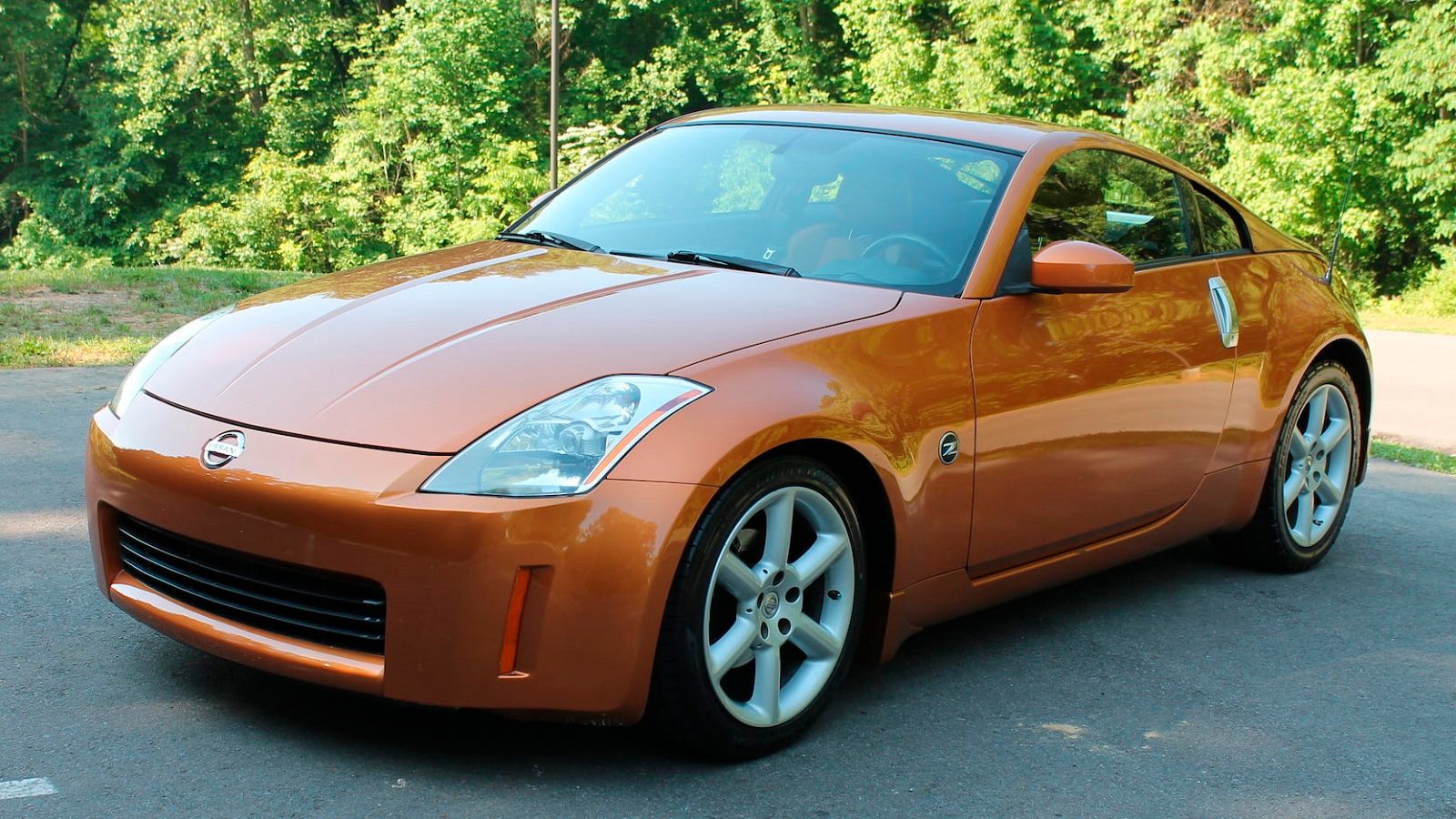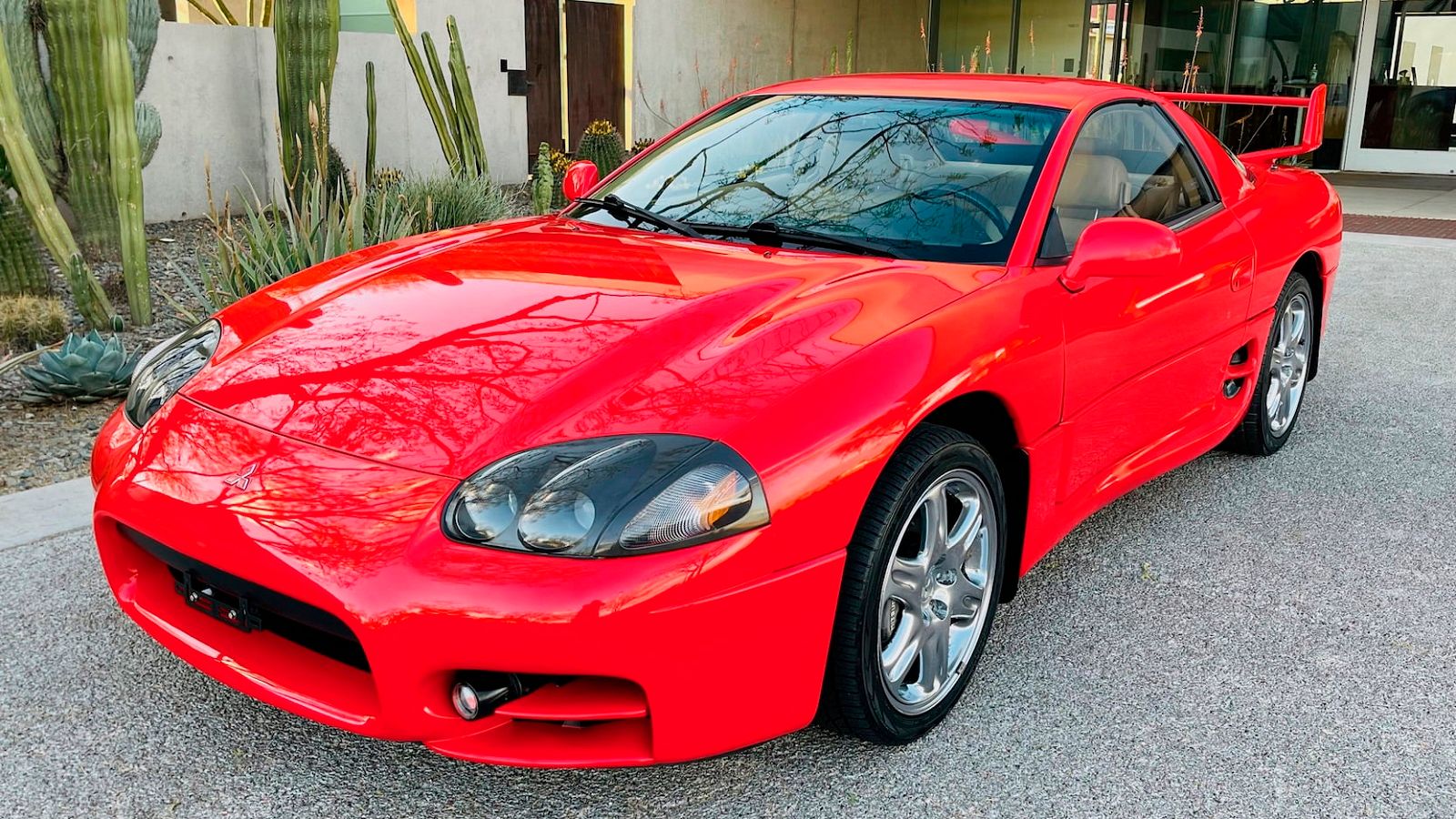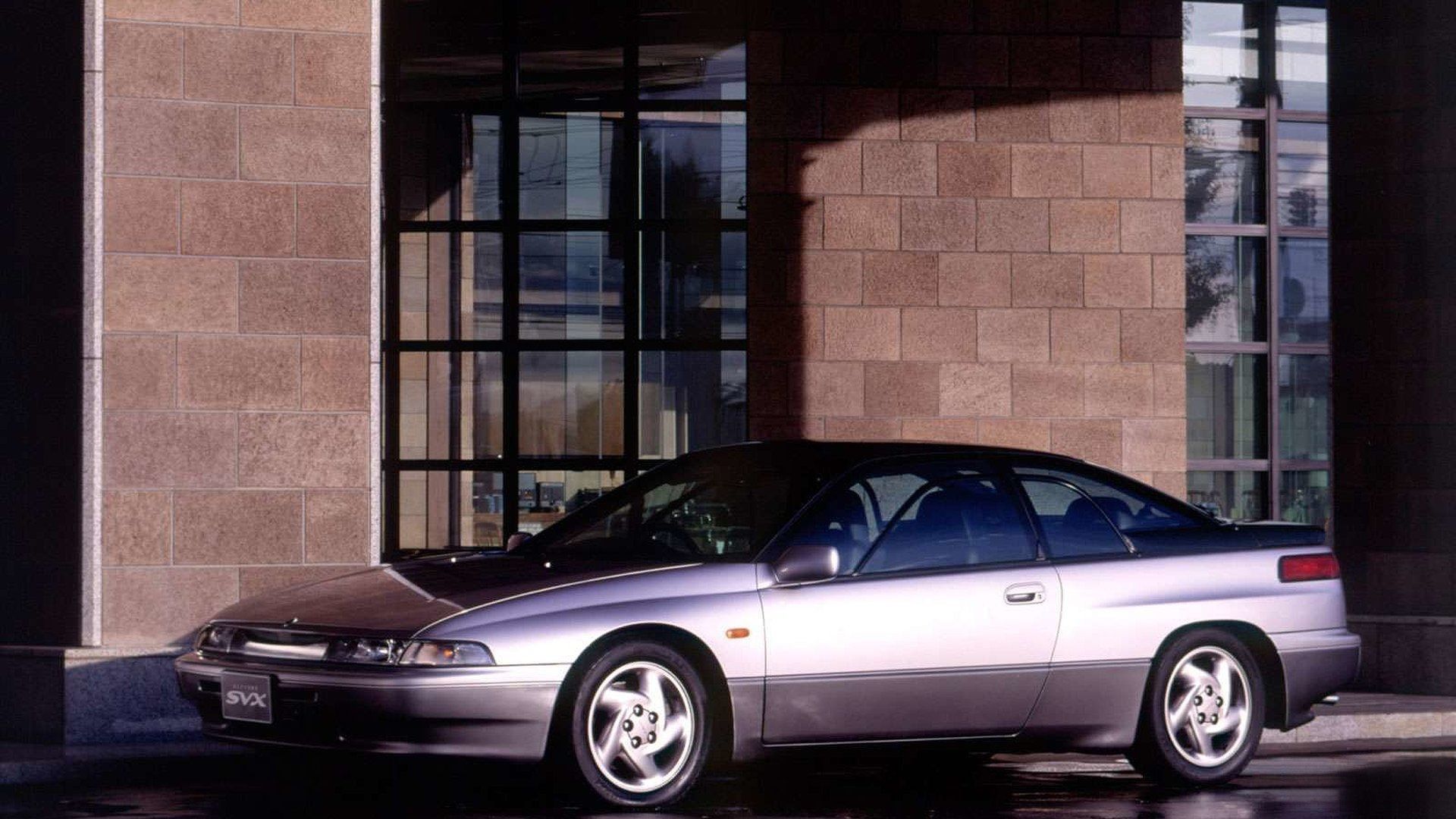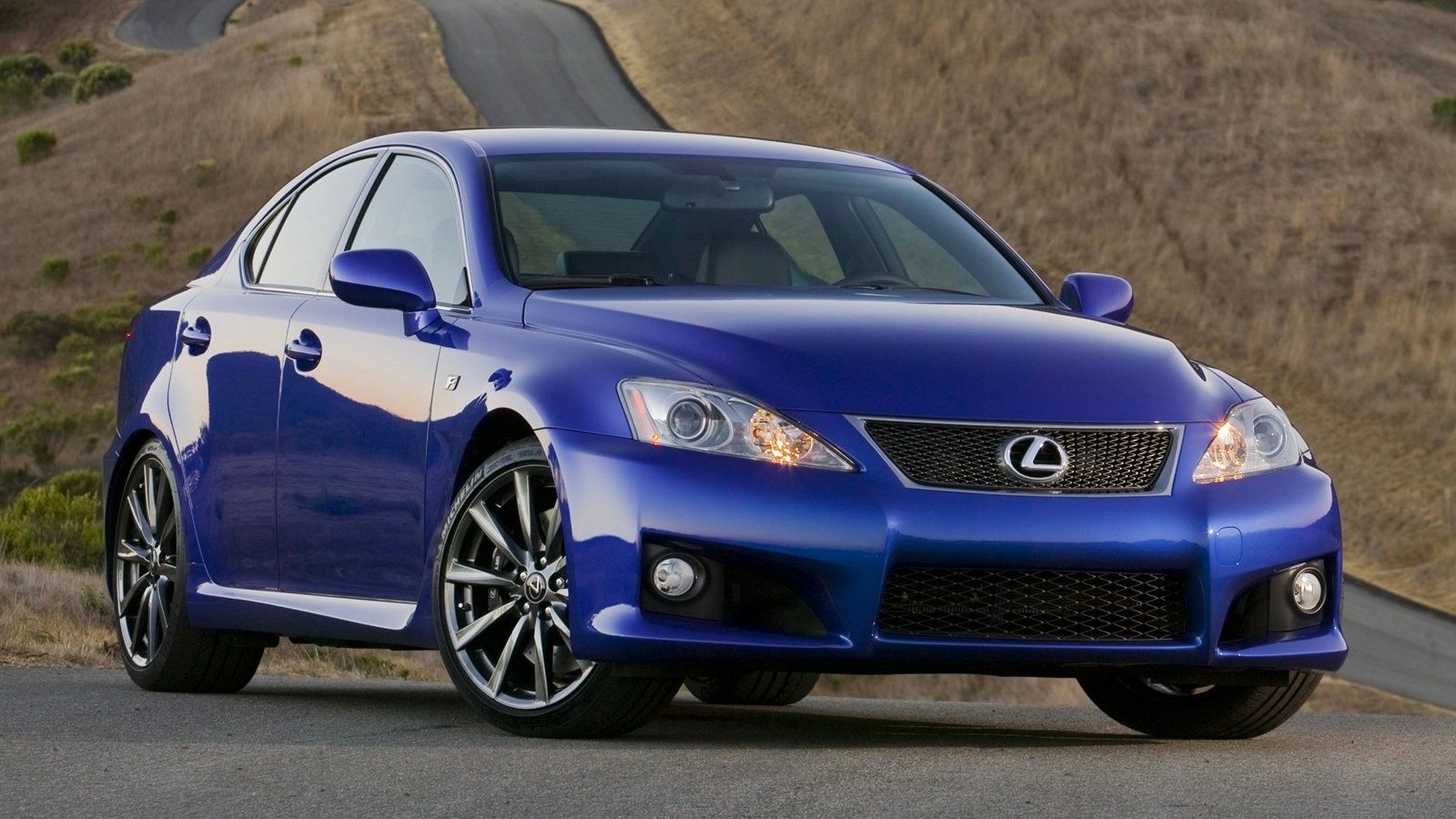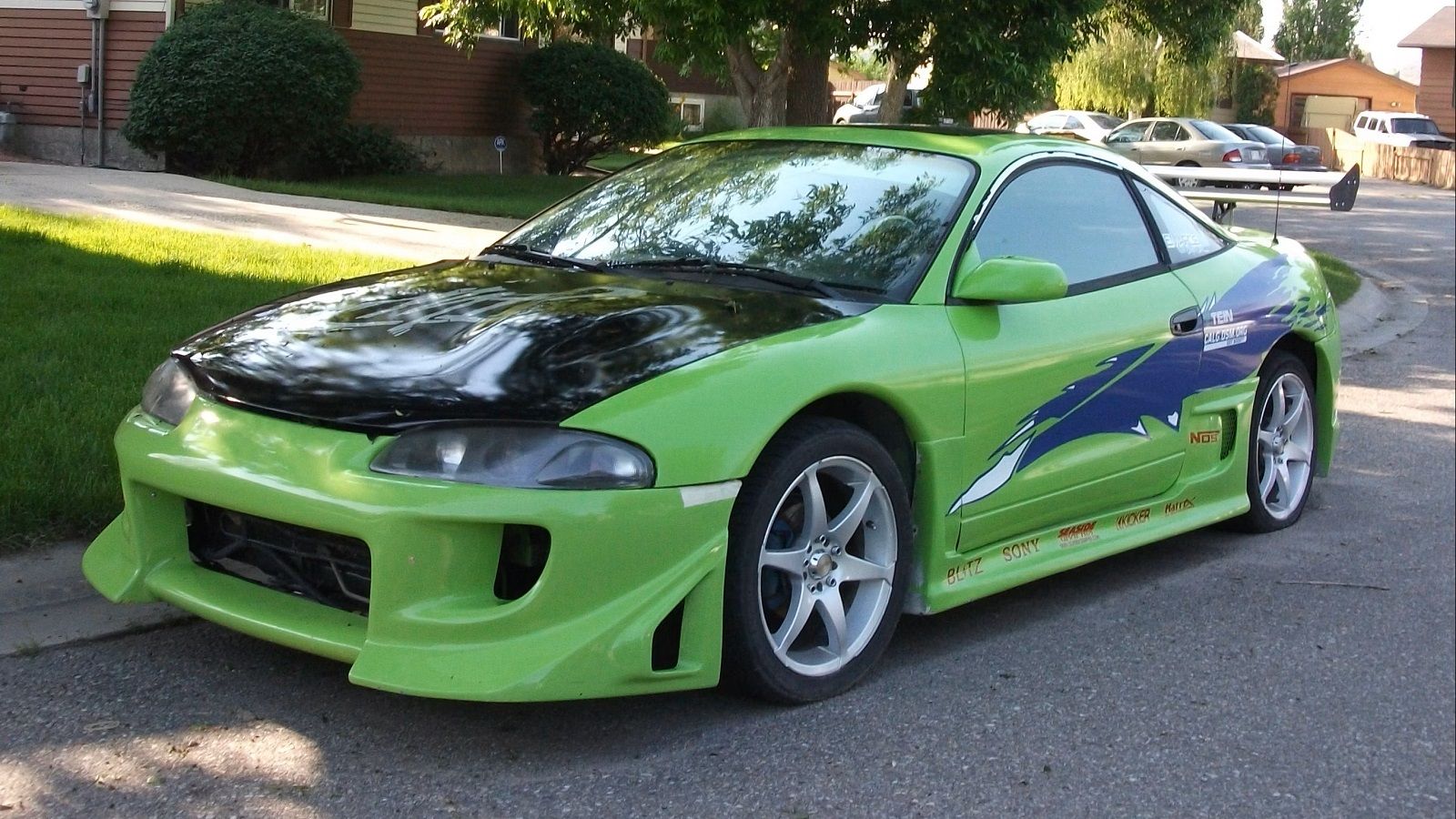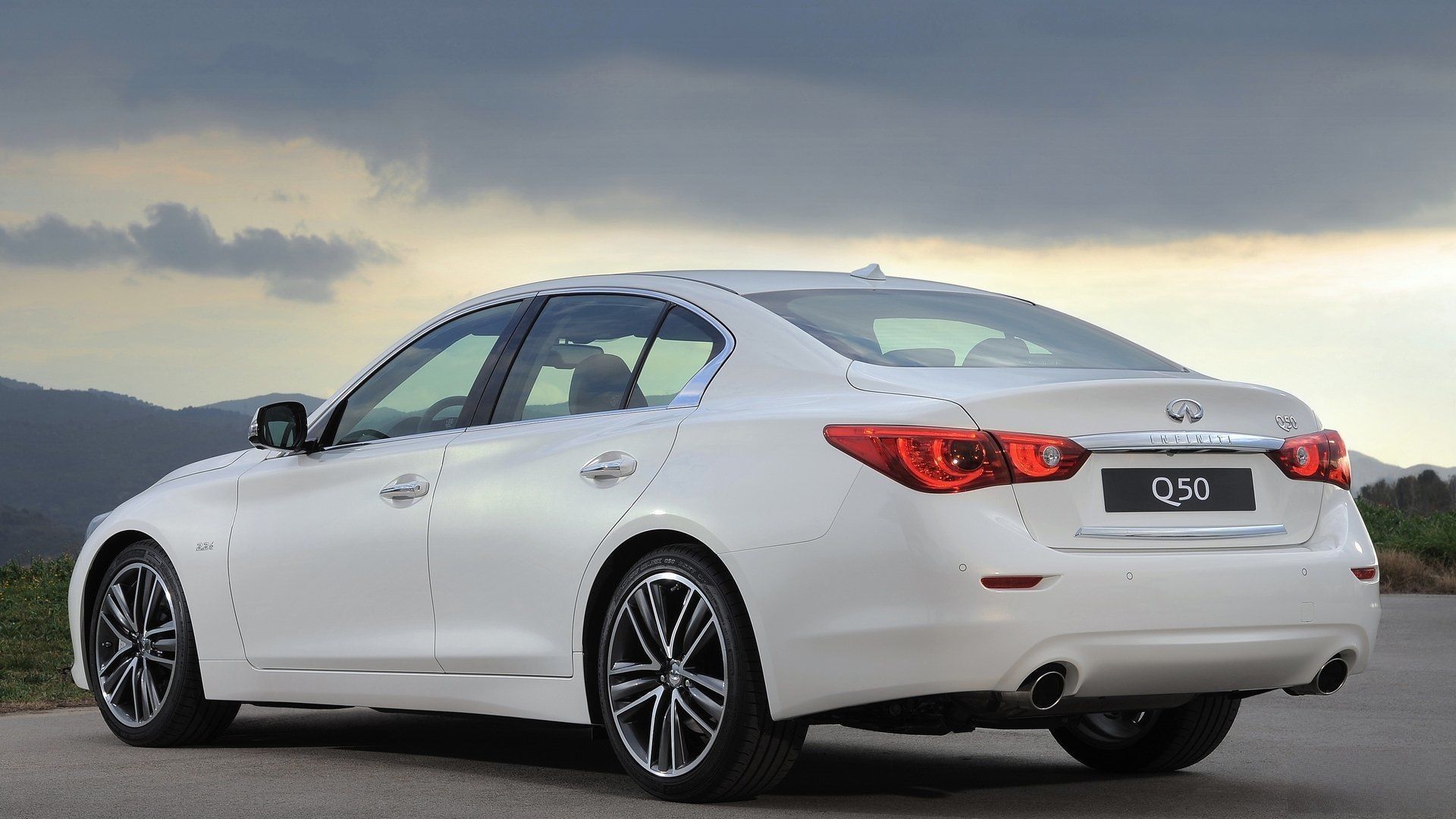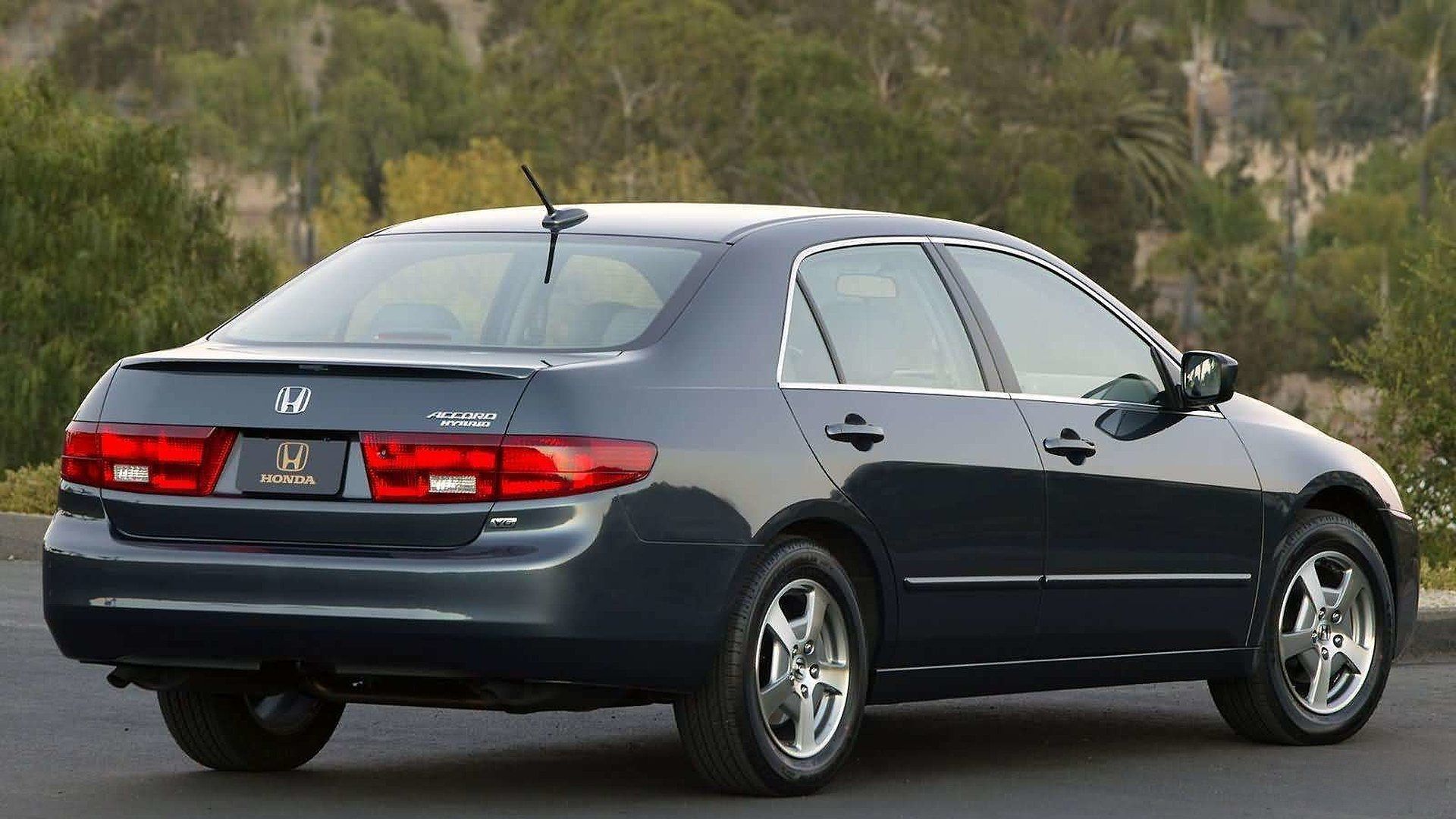Japanese cars boast one of the most fanatical cult followings of all niches of the car community. There are many reasons to fans would point out as to why cars that come from Japanese carmakers are the best. There is the obvious pop-culture factor, which turned the likes of Toyota Supra, Mazda RX-7, and Nissan Skyline into hot commodity for JDM car enthusiasts, and sadly caused prices to spiral out of control.
But Japanese cars, in general, have always been associated with one thing – reliability. Thei reputation for being dependable and relatively cheap to run dates back to the late 1960s and early 1970s when the likes of Toyota and Honda flooded the American market, which at the time, produced heavy and thirsty cruisers, many of which weren’t particularly reliable.
This perception of Japanese high craftsmanship and dependability stayed with Japanese car companies until today, and this largely remains true, sometimes even Japanese carmakers get it wrong. The longevity of a car, often, depends, not just on how it’s been built, but also how it is exploited and maintained. Then, there’s the rule of thumb that the more tech a vehicle has, the more potential issues it can have. And by far, these are the most unreliable Japanese cars that can drain your wallet.
10 1989 Nissan 300ZX
The Nissan 300ZX (Z32) was Nissan’s more luxurious take on the sports car formula. While the flagship Skyline GT-R was an all-out sports car, the 300ZX was more of a grand tourer. Japanese cars from that period were, generally, considered over-engineered and ahead of their time. It was that last part that, sometimes, played havoc with the Z32’s reliability.
The VG30 engine was, generally, considered a stout unit, but it was a tight squeeze in the engine bay and doing any kind of work was very difficult. Common issues on the 300ZX include warped exhaust manifolds, PCV valve failure, and bad fuel injectors. Z32s also feature complex wiring for the many electronically-controlled units, such as the HICAS rear-wheel-steering. It’s also worth noting that all examples are nearing the 30-year mark, so age-related problems are to be expected.
9 2004 Mazda RX-8
A cheap, Japanese sports car may sound like too good of an offer and it usually is. The Mazda RX-8 is the unloved successor to the iconic RX-7, and like it, it features a rotary engine. The rotary engine is a joy to drive and offers great balance along with high-revving characteristics, but it’s also a nightmare to maintain.
Engine problems are frequent and include bad starter motors (on earlier models), ignition coils, brittle catalytic converters, engine flooding, electrical gremlins, and power-steering failure. By far, the biggest downside is the rotary engine’s lifespan, which is significantly shorter than a piston engine. Rust is another issue on the RX-8, especially on early examples, and even fairly new examples had the “brown plague” around the wheel arches and sills.
8 2003 Nissan 350Z
French carmaker, Renault, may have saved Nissan from bankruptcy, but it certainly didn’t do any favors for the reliability. Quite the opposite, actually. Nissan 350Z was part of Renault’s plan to rejuvenate the Japanese carmaker’s outdated model lineup. While, even today, the Z33 is a popular choice, early versions that didn’t have the HR version of the VQ35 engine had some issues.
While the 3.5-liter V-6 is considered a reliable engine even at high mileage, early 350Zs suffered from excessive oil comsumption. Synchro mesh and timing chain guides are also a known issue on examples made between 2003 and 2006. More persistent issues include clicking driveshafts and defective sensors. While the 350Z is fairly reliable, keep in mind most examples have been abused, so expect premature wear on key components, coupled with age-related issues.
7 1990 Mitsubishi 3000 GT
Mitsubishi’s 3000 GT is one of the less-loved, 1990s, Japanese performance cars. The car came with a transversely-mounted 3.0-liter, twin-turbo V-8, all-wheel drive, active aero, and other hi-tech features that made if the most advanced car of its day. It also meant plenty of stuff could go wrong once the cars accumulate age and mileage. Electrical gremlins are fairly common, especially on early models.
Transmission and drivetrain issues include difficult shifting for the manual due to worn-out synchro-mesh or gear teeth, and delay in shifts for the automatic, due to solenoid or torque converter issues. Transfer case oil leaks are common as are cooling issues, due to bad thermostats, leaking radiators, and fragile water pumps. The 6G72 engine isn’t without issues and can suffer from timing belt issues, bad ignition coils, crankshaft position sensors, and fuel injectors. The 3000GT is a heavy car and suspension components tend to go quicker.
6 1991 Subaru SVX
Amidst the plethora of iconic Japanese ‘1990s coupes, Subaru introduced a successor to the boxy XT. The aircraft-inspired SVX was short-lived just like its predecessor. Despite the 3.3-liter flat-six that, arguably sounded better than a Porsche, the car had some reliability issues. By far, the biggest issue these cars had was the four-speed, automatic, which in addition to being sluggish, was prone to explosions.
This was due to the transmission’s inability to cope with the heat and stress, added by the car’s weight and permanent all-wheel-drive system. Other problems were nowhere near as severe but still made the Subaru SVX a pain to maintain. These included warped brake discs, and rear wheel bearings, which required frequent replacement.
5 2008 Lexus IS-F
The Lexus IS-F is actually a very reliable performance sedan, especially when compared to its German rivals BMW, Mercedes, and Audi. It features the first, eight-speed transmission, which like the 5.0-liter, 2UR-GSE V-8 has proven itself as a reliable unit, capable of handling great power. However, transmission maintenance requires a complete flush, which can be pricey. With that said, the IS-F is not without its weaknesses. Common issues are few and far in-between but can be expensive to fix.
The main issue with these is the heat-transfer valley-plate leak, which could cause excessive loss of coolant. One of the causes may be a faulty radiator cap, which over-pressures the system. Early cars also suffer from leaky water pumps, but those are, typically, replaced under warranty. Other issues include rocker cover gasket leaks and cracked headers.
4 1994 Mitsubishi Eclipse
Like most cars on this list, the second-generation Mitsubishi Eclipse is, generally, a reliable car, with even high-mileage examples still going strong. However, one major problem, referred to as “crank walk”, concerns the turbocharged 4G63T engine, which is notorious for bearing play in the crankshaft, resulting in spun bearings.
The end result is a seized crankshaft and in turn, a seized engine – not something you want, especially when driving at high speeds. Other issues include difficulty in shifting due to excessive friction between the synchronizers and gears, and faulty electrical grounds, causing rough idle and engine stalling. Another critical thing is the lower ball joint, which is prone to failure and can cause an unexpected loss of control.
3 2014 Infiniti Q50
Cars tend to get better within a few years of their debut and the Infiniti Q50 is no exception. While the Japanese sports-luxury sedan is a fairly popular choice for both tuners and casual drivers, the 2014 model year was plagued by problems, some of which were quite severe and expensive to fix. For starters, the master cylinder was prone to failure, which could, potentially, leave you without brakes. Resolving the issues costs $2,000.
Another issue was the faulty throttle chamber, which could cause the car to accelerate. Hybrid versions were prone to stalling and cracked transmission housings were fairly common. Numerous recalls were issued for faulty frontal airbag deployment, electric power-steering, and Direct Adaptive Steering issues, to name a few. Then, there was the infotainment system, which was a glitch, and the faulty InTouch system, which led to a court case against Nissan.
2 1999 Toyota Celica
Before getting retired in 2007, Toyota Celica was the brand’s entry-level sports coupe. While, generally, a reliable and cheap-to-run car, early models suffered greatly in a few major areas, mostly related to the engine and transmission. Pre-facelift models suffered from weak oil pumps, which could lead to the rod bearings going and the engine exploding. All versions of the 1.8-liter, inline-four engine can also suffer from valves. Faulty tensioners and issues with the timing chain and pulleys are also fairly common.
The 1ZZ and 2ZZ engines have fuel filters, which need replacing. A faulty speed sensor is common in high-mileage examples. The automatic transmission can suffer from bad solenoids while manuals suffer from bad synchronizers, particularly in fourth gear. As the Celica is based on a Corolla, it’s fairly cheap to run, but with age and frequent spirited drive, problems can accumulate, alongside with a hefty repair bill.
1 2005 Honda Accord Hybrid
In the mid-2000s, when automakers started getting on the hybrid bandwagon, Honda came up with the horrendous Accord Hybrid. The car was in production for only two years and for good reason. A recurring theme for Hondas of that period was the problematic, five-speed automatics, which were frequently prone to failures.
Combine that with the battery pack, which also featured a short lifespan of around 70-80,000 miles, and you can see why the first hybrid Accord quickly fell out of favor. While some consumer reviews praise the comfort and excellent fuel mileage even with a V-6, the vast majority speak of faulty batteries, which are expensive to replace (around $2,000), and many small, but annoying malfunctions of various nature.

